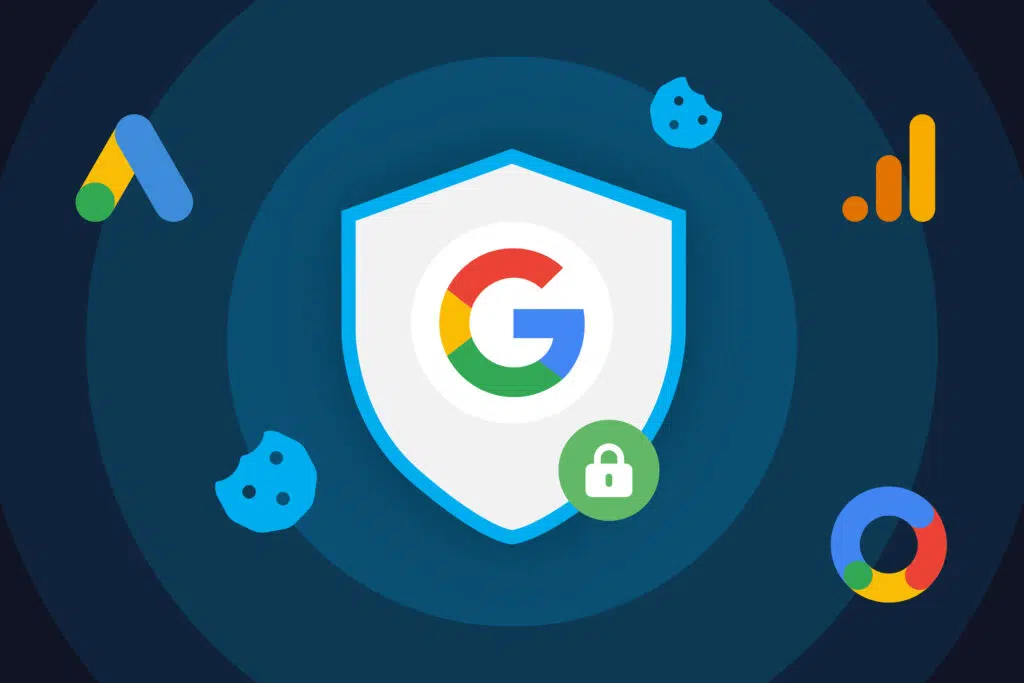Third-party cookies have been a part of the digital landscape for many years now. However, the future of digital marketing is on the horizon and there’s strength in the suggestion they will soon be a thing of the past. But why is this – and what are cookies good for, anyway?
There is much talk regarding a move to a cookie-free web. Right now, this may be a little implausible. Instead, there are plans afoot to bring the web to a first-party cookie standard. For those who may be completely out of the loop on cookies and marketing, it’s worth reading up on what this could mean for your business, your customers, and your marketing health for years to come.
What are third-party cookies?
Third-party cookies are small caches of data that are created by domains, traditionally for the purposes of advertising. Website owners and businesses may use third-party cookies to monitor usage statistics and to tailor adverts to specific users.
Essentially, a third-party cookie is a tag that can track you across multiple websites. As you may imagine, this has led to major privacy concerns over the past few years. Despite this, from a marketing perspective, they have proven to be highly useful.
Cookies aren’t dangerous, but data privacy concerns are legitimate – and that’s what we will have to take more notice of.
Why are they being phased out?
The future of digital marketing, as set by browser operators such as Google and Mozilla, appears to centre on a distinct lack of third-party cookies. In fact, Google intends to block all cookies of this type by 2022. Not long left!
There has been some concern over how useful third-party cookies are in the modern age, too. Many big brands have already moved towards the first party approach, which we’ll cover shortly. However, much of the reasoning for dismantling third party cookies is down to distrust.
What will this mean for marketers and business owners?
For one thing, it will likely mean a significant shift in marketing as we know it now. Cross-site tracking and ad marketing will become things of the past. Instead, there will be a focus on direct cookie marketing via the first party approach.
Effectively, it means that advertisers need to work immediately to collect data, responsibly, to build campaigns beyond the ‘death’ of third-party cookies. It essentially means that business owners and marketers will need to find new ways to source personal, specific data. This is, of course, because precise user data will no longer be so precise!
There are some scary statistics out there – some suggest that businesses could lose half of their revenue simply by not rethinking their advertising strategies. Scary, but problematic – it is time to act.
What are first-party cookies?
First-party cookies are those set directly by the websites people visit. The main difference is, now, business owners won’t be able to share users’ data with third parties.
This means that first-party cookies will only ever store user information based on that website’s preferences, visiting habits and more. A great example of a first-party cookie is one that keeps your basket full on Amazon from visit to visit.
What are their benefits?
For brands, first-party cookies deliver data that is hyper-specific to visitors and customers. Unlike third-party assets, these cookies tell you what you need to know about specific people who visit you – there’s a unique slant.
This means that you can also use such data competitively – it’s easier to ascertain what sets you apart from the pack.
Businesses can find out when people are visiting, where they click, the items they add to their baskets, and their general buying behaviours. Rather than relying on generic third-party data and analysis, which may not be so specific, you have access to information that is easier to tailor and build into workable marketing.
Cookieless advertising is never going to be completely possible, however, from a user’s perspective, the first party approach is as close a fit as you’ll expect.
First-party data will help you to better engage with your audience, shape products and services to their needs. While third party cookies have been hugely useful for learning more about wider usage habits, in a day and age where businesses and marketers need to home in on specific usage, this overhaul may be a blessing in disguise.
Conclusion
Businesses worried about the future of digital marketing needn’t be too concerned about the death of third-party cookies and the rise of so-called ‘cookie less advertising’. That is, providing they have a data sourcing plan in place, or a database of consumer information ready to go.
What will really pay dividends is, of course, to partner with a leading marketing agency. At Fenti, we’re well prepared for the biggest digital marketing trends for 2022 and are ready to take on big third-party changes in the months to come.
If you’re worrying about losing your cookies, don’t. Get in touch with Fenti’s digital marketing experts now and start taking back control of your customer insight.




